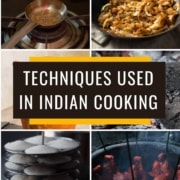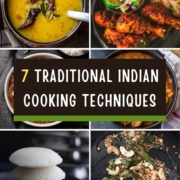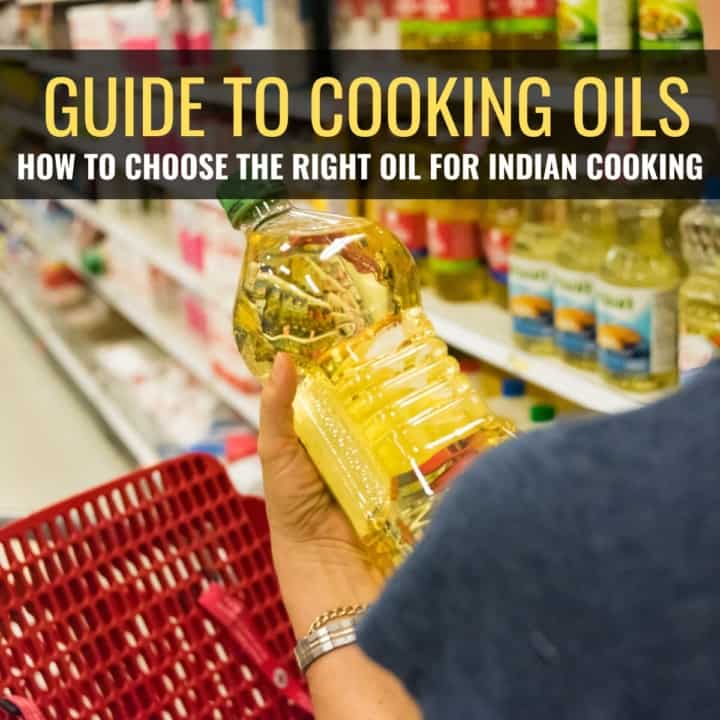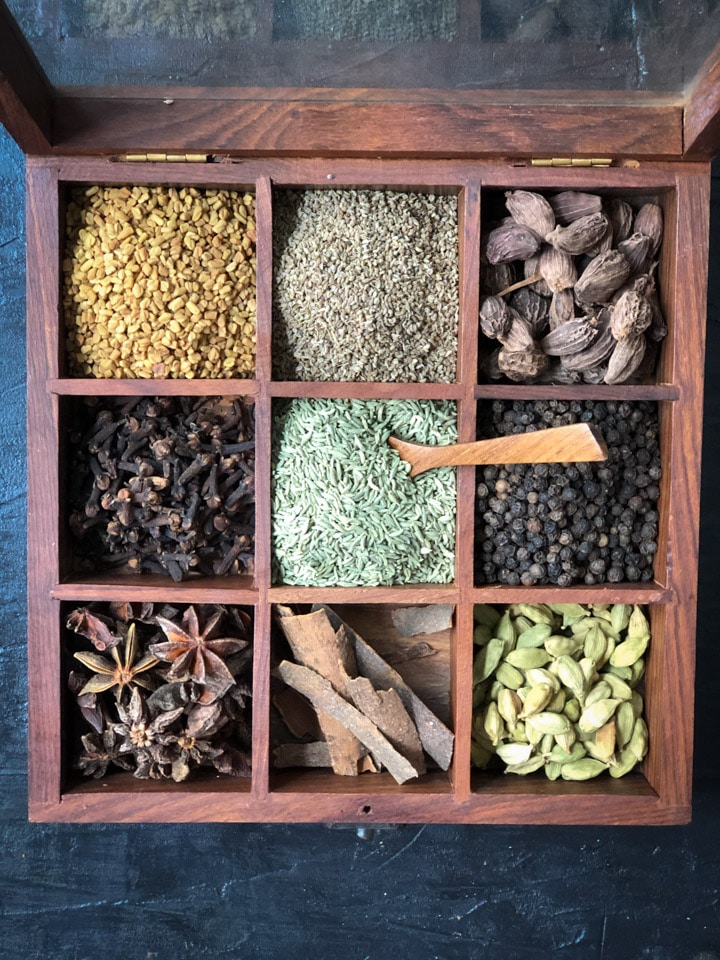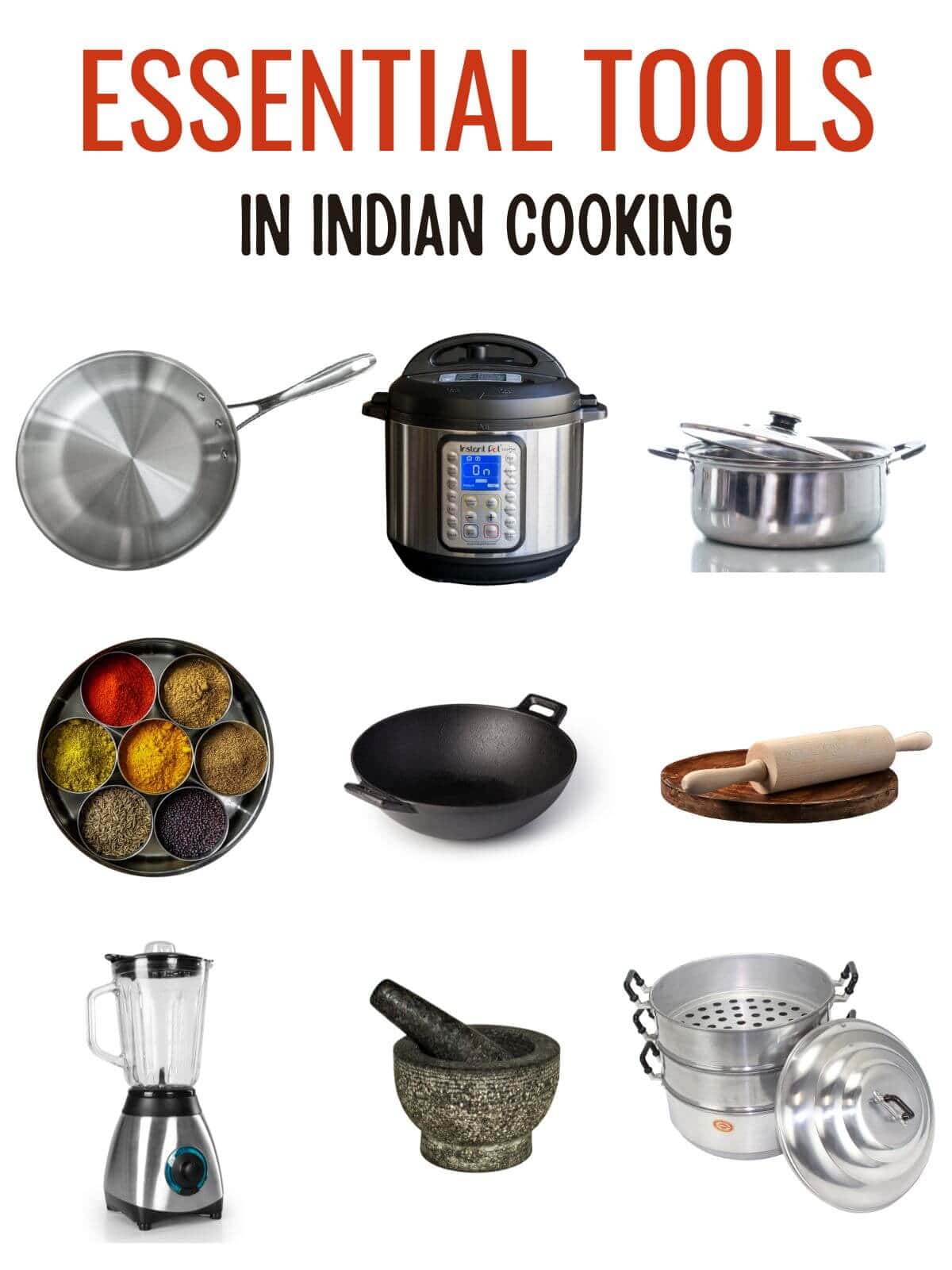A Guide to Indian Cooking Techniques
Note: This post contains affiliate links. As an Amazon Associate I earn from qualifying purchases.
As in sports, so in cooking, an initiation into the techniques is always helpful before you go on to practice your art. Indian cooking combines many different cooking techniques to create one drool-worthy dish. Let’s review the few essential ones.
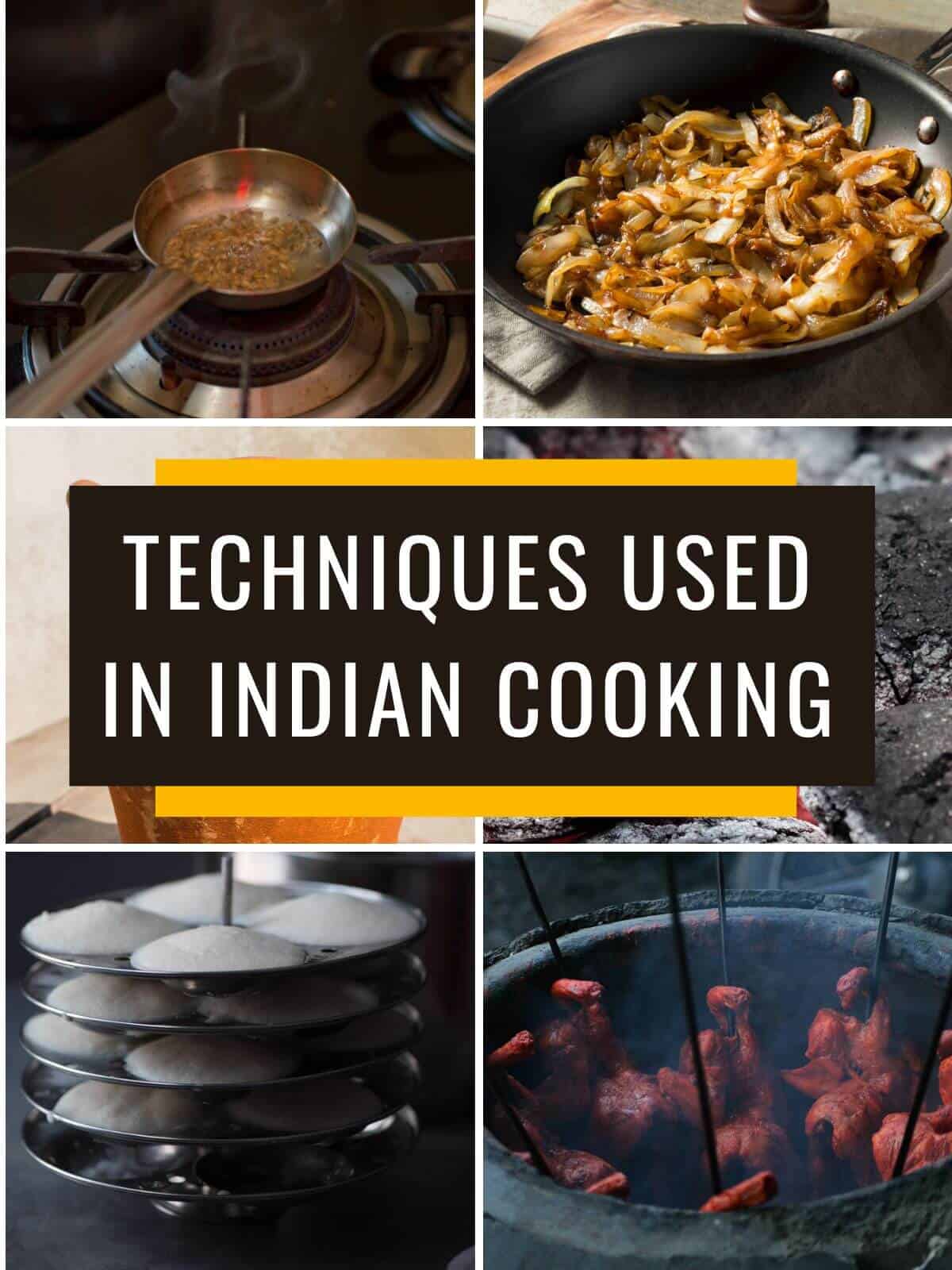
There is a reason Indian cuisine is so aromatic and flavorful. It is because most recipes, including the deceptively simple dals, employ multiple techniques to make the dish stand out. For the uninitiated, it may sound a bit much and even daunting. But don’t worry; once you understand the techniques, using them will become second nature to you.
Indian Cooking Methods Decoded
Like the rest of the world, Indian cooking also involves basic techniques such as frying, boiling, sautéing, grilling, baking, etc. We are not going to cover those here. Instead, we will focus on some techniques unique to Indian cuisine and how they have been modified to use the oven and Instant Pot in recent years.
Tadka / Bagar / Chowk (tempering)
This may loosely be defined as tempering in English. However, the process is very different from the tempering of chocolate. Here, hot oil is used to fry the spices before adding them to the dish. The hot oil extracts the spices’ flavor, aroma, and medicinal qualities, making the food healthier and tastier. The tempering process can be used at the beginning or end of the cooking process. Each dish requires its own treatment. Here’s an example of Ven Pongal, where tempering is added right at the end.

Read more: Tempering is a commonly used technique in Indian cooking, and we delve into more details in this post – Tempering in Indian cooking.
Bhunana (Saute)
The food is cooked on low heat for a long time until it caramelizes and gets a beautiful golden brown color. Often, it involves adding small quantities of water to prevent the food from burning and sticking to the pan while it is being stir-fried or bhunoed (is that a word? :-)). Typically, the process of bhunana is time-consuming and cannot be left unattended, as the food needs to be constantly stirred and moved around.
A good example of this technique would be making Bhuna masala (Onion tomato masala or curry sauce), where onions are almost cooked to the point of caramelization. Then tomatoes are added to make a base for a lot of North Indian curries. I often make a big batch of curry sauce at once – it helps me put together Indian meals in minutes.
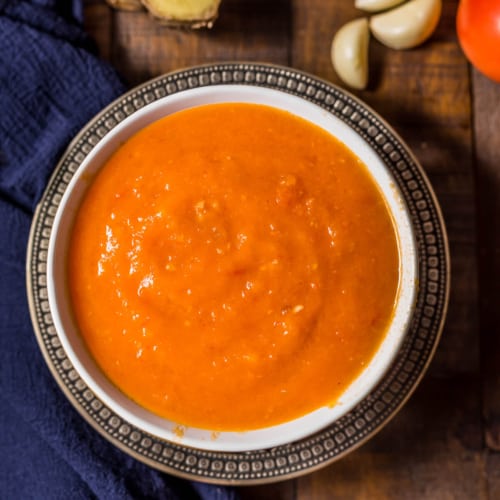
Dum
While many cooks describe it as steaming, dum cooking differs from steaming, which is called bhaapa cooking in local languages. Here, the food is cooked in its own juices with very little or no water being added to it. It is cooked in a sealed pot and placed on slow heat.
The process of dum is time-consuming and sometimes may take several hours before the food is cooked well enough to be served. So, the principle of dum cooking is very different from steam cooking, where the food is cooked in the steam from a pot of boiling water over which it is placed.
As I mentioned, traditional dum cooking can take hours; to cut down the cooking time, pressure cookers like Instant Pot are often used to replicate the results. Here’s how you can make the two popular dishes, chicken biryani and dum aloo, that were once made dum style in a pressure cooker.
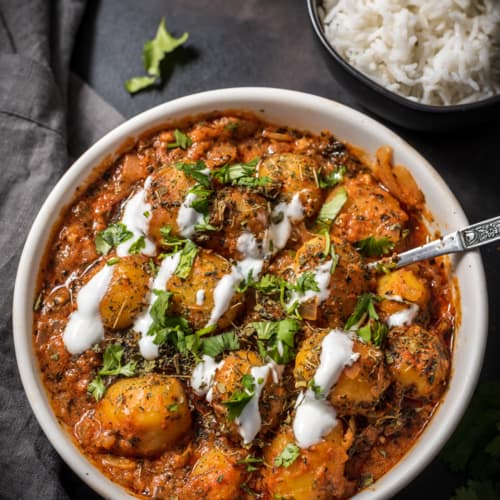
Dhungar / Dhuanaar (Smoking)
In dhungar cooking, live coal is added to a container and placed in the food to be infused with a smoky flavor. Then hot oil or ghee is poured over the burning coal. This creates a lot of smoke, which is trapped by covering the food with a lid. This prevents the smoke from escaping and allows it to permeate through the food. It should be left for a few minutes to allow the aromatic smoke to combine well with the food before it is opened and used for cooking.
I love how Manali uses charcoal in this smoked dal recipe to demonstrate dhungar cooking.
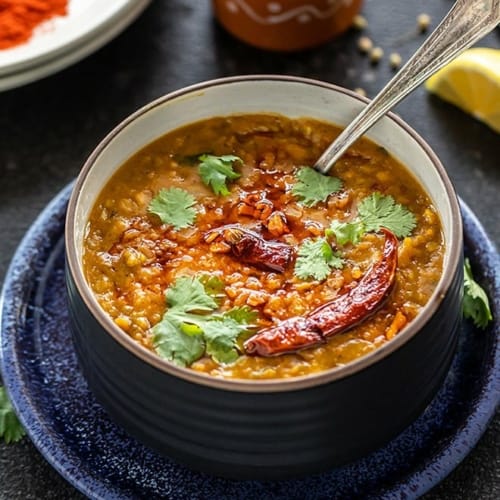
Bhapa (Steaming)
This is similar to the steaming process in other cuisines. Two vessels are used for this technique, one in which the water is boiled and the other with a perforated bottom where the food to be cooked is placed. The perforated vessel is placed in the pot with the water and covered to trap the steam for cooking.
Sometimes, molds are used, which are placed in a vessel with water at the bottom and a closed lid for steaming. The food can sometimes be wrapped in banana/turmeric leaves or foil during steaming.
Examples of this cooking technique include making gatti, khaman, dhokla, and the popular South Indian breakfast – Idli.
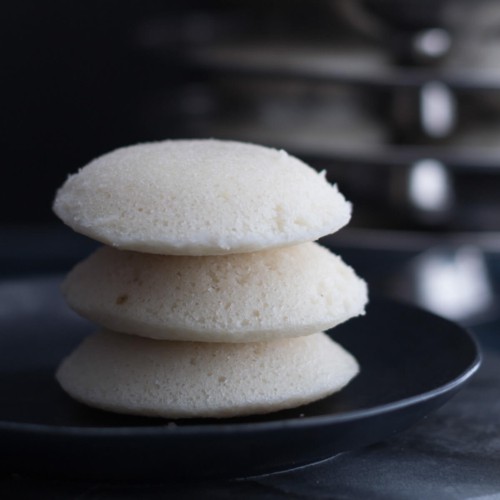
Tandoori
In this method, food is prepared in a clay oven fueled by coal or wood. The intense heat in the oven cooks the food to perfection while imparting a delicious smoky flavor. The food is lowered into the tandoor using long skewers. The same clay oven is used for cooking Indian breads like naan, tandoori roti, etc. too.
Since we can’t have a Tandoor at home, the same effect is replicated using an oven or an Instant Pot combined with an air fryer. To learn more, check out this Tandoori chicken recipe.
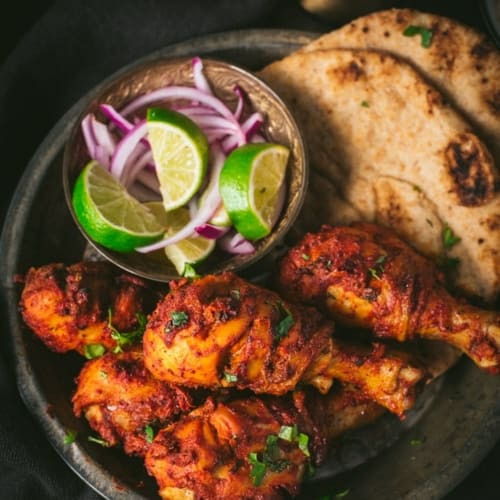
Balchao (Pickling)
Balchao refers to the cooking method popular in Goa, where the seafood or vegetables are pickled in a spicy and tangy tomato-vinegar-based sauce. It is almost like a pickle and can be stored for several days.
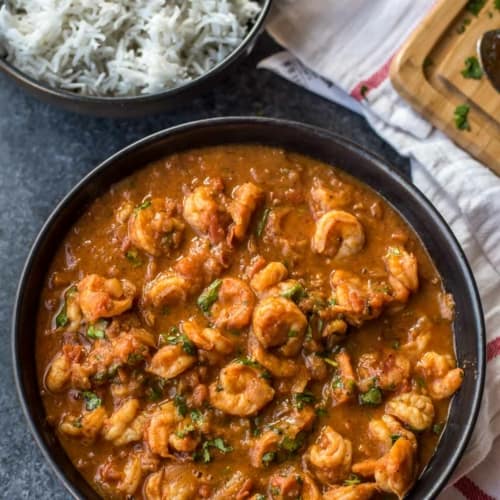
Besides these distinct cooking techniques, other techniques used in Indian cooking include baking, shallow frying, roasting, deep-frying (talna), sautéing, boiling, mashing, etc. Every dish is an amalgamation of many different techniques. The simple-looking dal, too, involves at least two different techniques of boiling and then tempering it.
Want more recipes using these techniques? Check out this list of 30+ types of curries – a select variety of the most popular curry recipes from across India.
Indian Cooking 101 series
New to Indian cooking? Here are a few helpful posts to get you started!
This post was originally published on 11/26/2019, and the text and images were updated on Nov 13, 2023.

